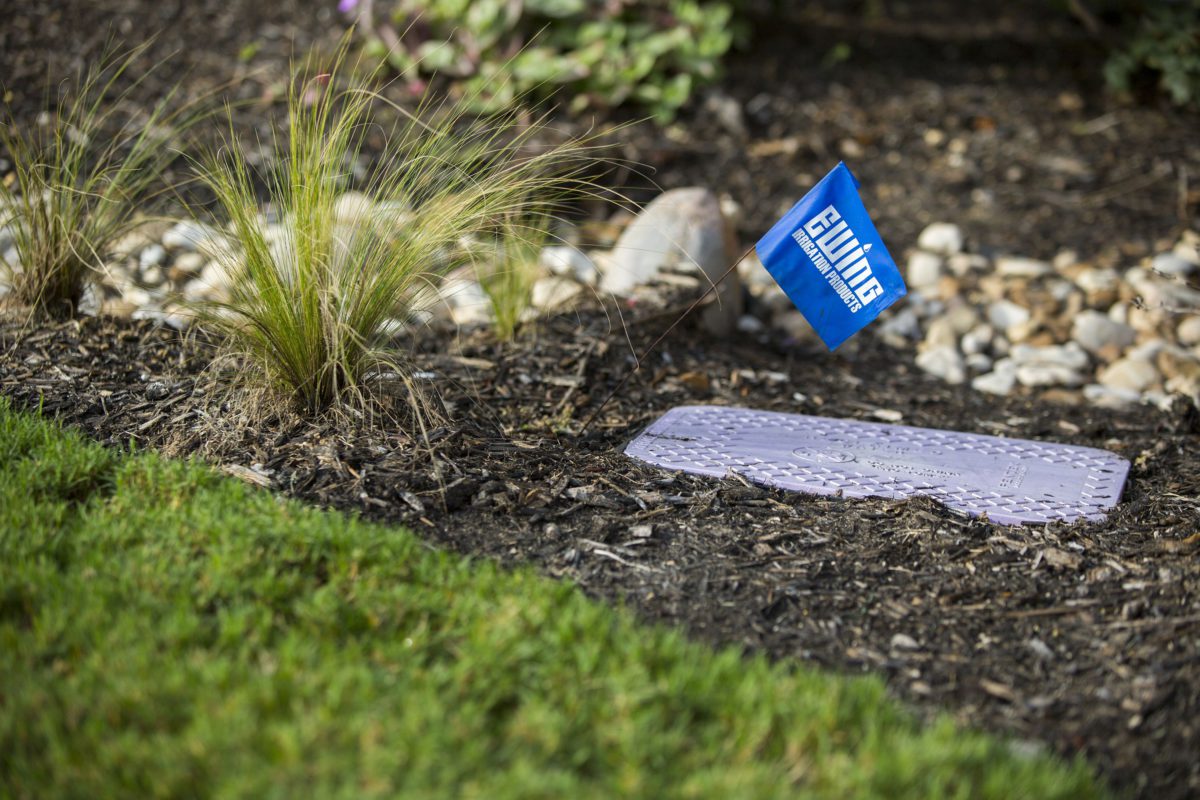With positive environmental impacts and potential financial benefits, many businesses, sports fields, golf courses, schools, municipalities and residences are considering using reclaimed water in their irrigation systems.
However, making the switch isn’t as simple as you might think. From regulations to different irrigation materials, here are three key components to consider when looking to install a reclaimed water irrigation system.
Understand local laws and regulations
Know the laws of installing recycled water irrigation systems. Some counties and cities will offer discounts to organizations or residents using a certain amount of reclaimed water over a designated period of time.
However, some municipalities do not allow recycled water systems because the water lines may not be equipped to deliver recycled water to your course.
Be sure to check with the local city and make sure recycled water will work for the city.
Stock up on the right materials
 Irrigation components specifically engineered to handle recycled water are usually purple. This eliminates the risk of cross-connection and water contamination.
Irrigation components specifically engineered to handle recycled water are usually purple. This eliminates the risk of cross-connection and water contamination.
Buying rotors and valves specially designated for recycled water will ensure your irrigation system can properly filter sediments and minerals that pass through the water plant. Using recycled water in a system meant for potable water could cause buildup in that system and lead to damage.
Evaluate the water mineral contents
Since recycled water once contained a high amount of organic matter, inevitably the water will contain a lot of microorganisms and minerals. Some will help your turf and plants, but some could damage or destroy it completely.
Depending on the nutrients and minerals in the water, they could actually contribute to your landscape’s health. Nutrients like nitrogen are commonly found in recycled water and will stimulate grass growth.
On the other hand, a common problem for recycled water systems is high salinity. When irrigation water becomes too salty, it causes buildup in the soil and over time the soil becomes impenetrable and unusable, restricting nutrient and water uptake and drying out the leaves.
To learn about other common issues and solutions for reclaimed water, check out our blog here.
You can perform a soil or water test to determine what minerals and other microorganisms might be in your reclaimed water.
Have you used reclaimed water in an irrigation system? What other steps did you take? Share your thoughts below!




